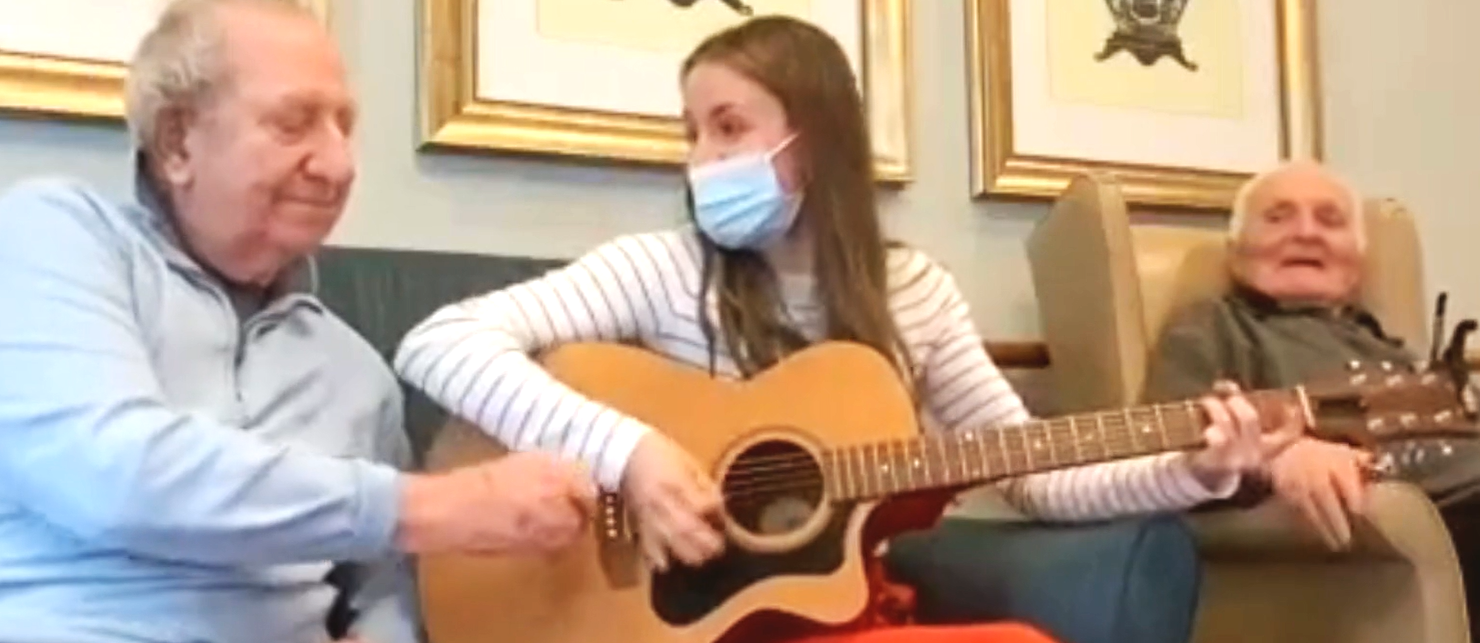
A Twilight Moment – Music is for Everyone!
A Twilight Moment- Music is for Everyone! We know you’ll love this heartwarming peek at…

A Twilight Moment- Music is for Everyone! We know you’ll love this heartwarming peek at…
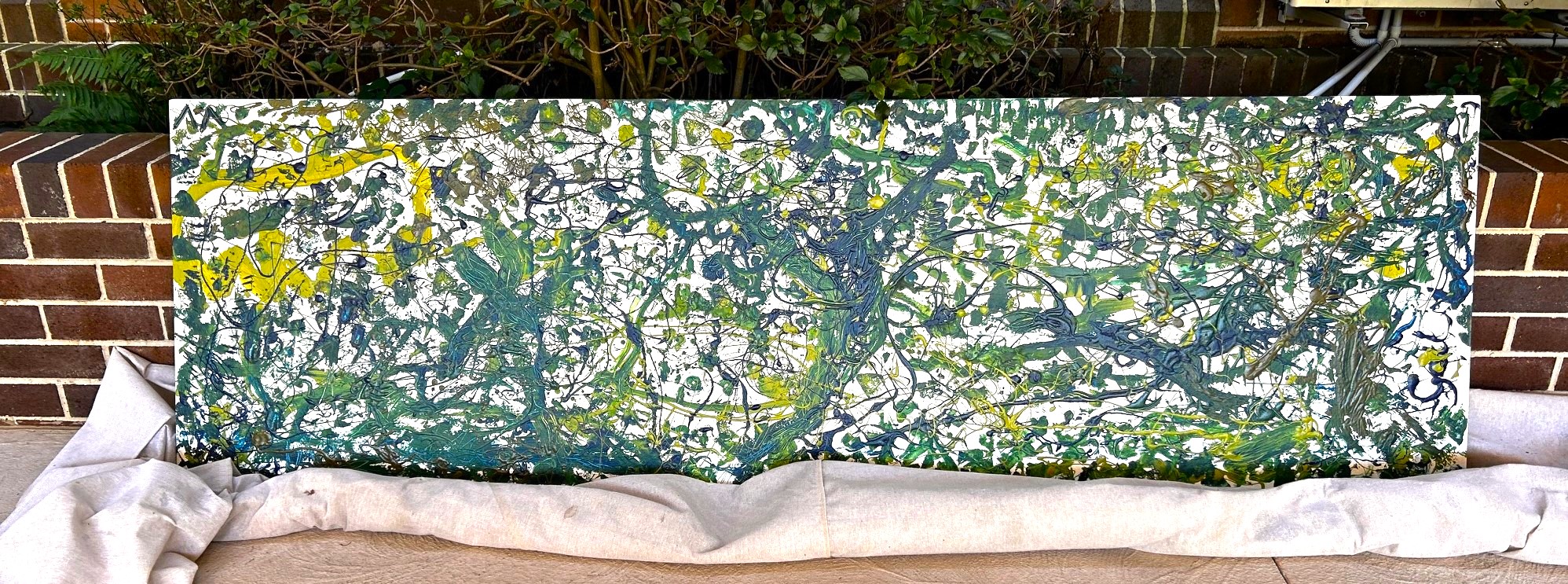
What better way to spend a beautiful winter's afternoon in Mosman than creating some art…
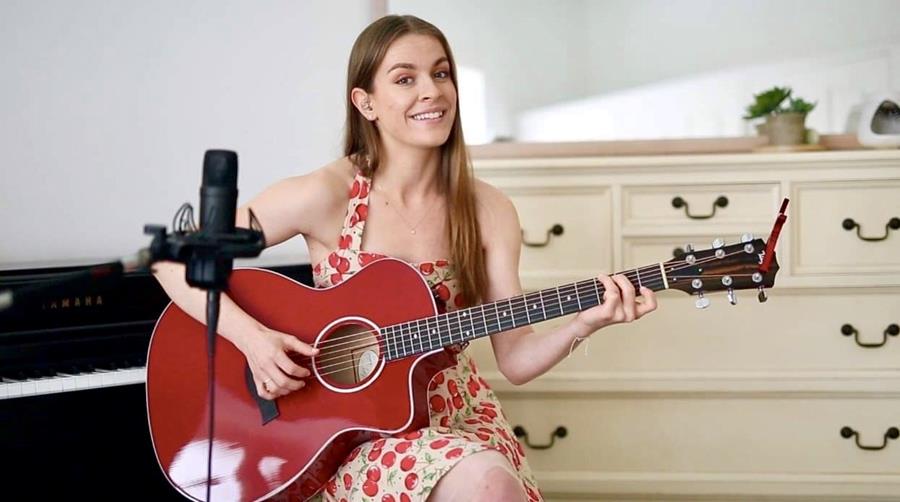
Twilight’s Music Therapy Programme As part of our person-centred care delivery, Twilight’s official Music Therapy…
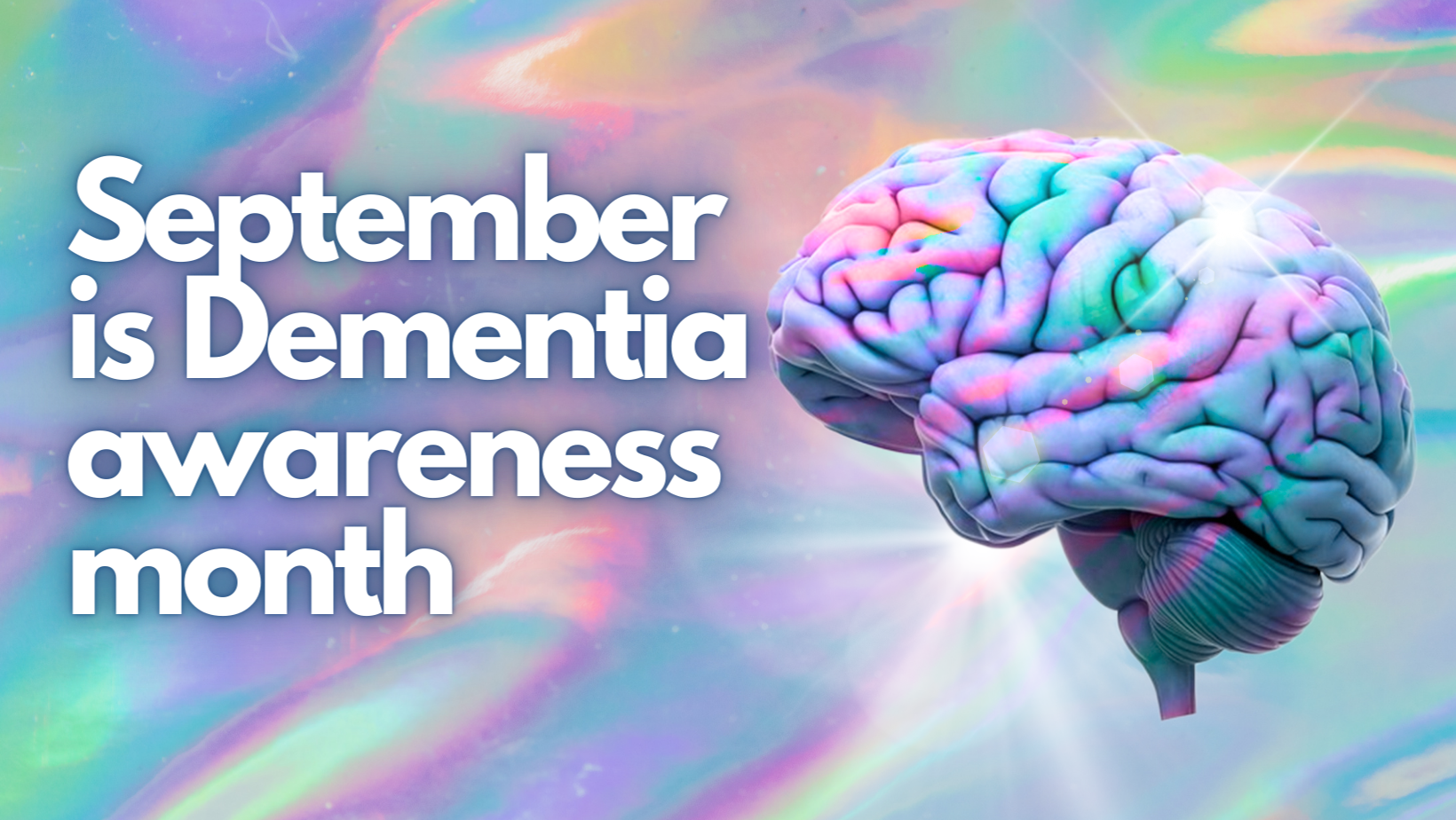
SEPTEMBER IS DEMENTIA AWARENESS MONTH 18 – 24 SEPTEMBER 2023 Dementia Action Week 2023 is…
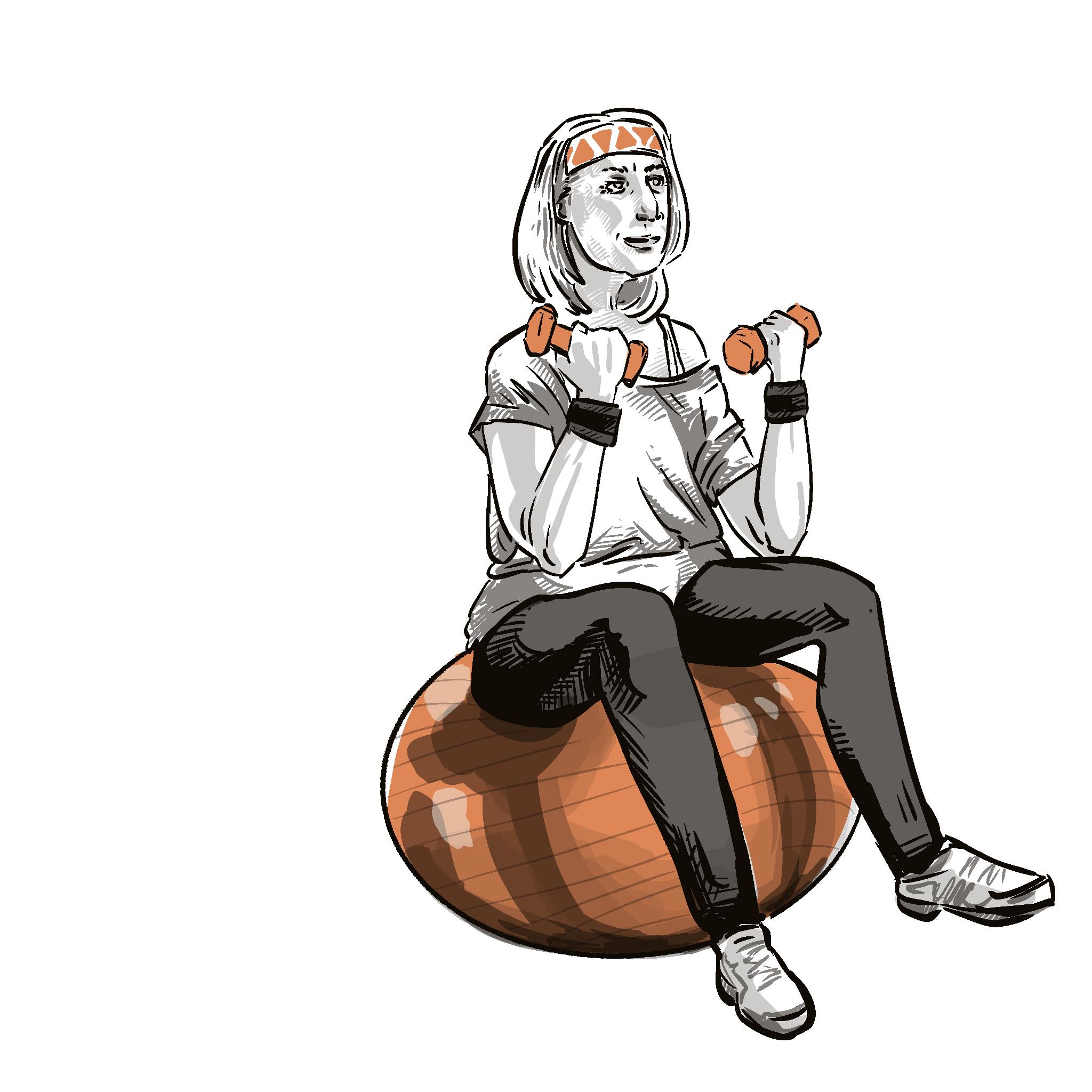
11 BEST EXERCISES FOR THE ELDERLY The best exercises for those over 75 years wise. …
FLU SEASON UPDATE: ALL VISITORS TO AGED CARE FACILITIES MUST BE VACCINATED The NSW Department…